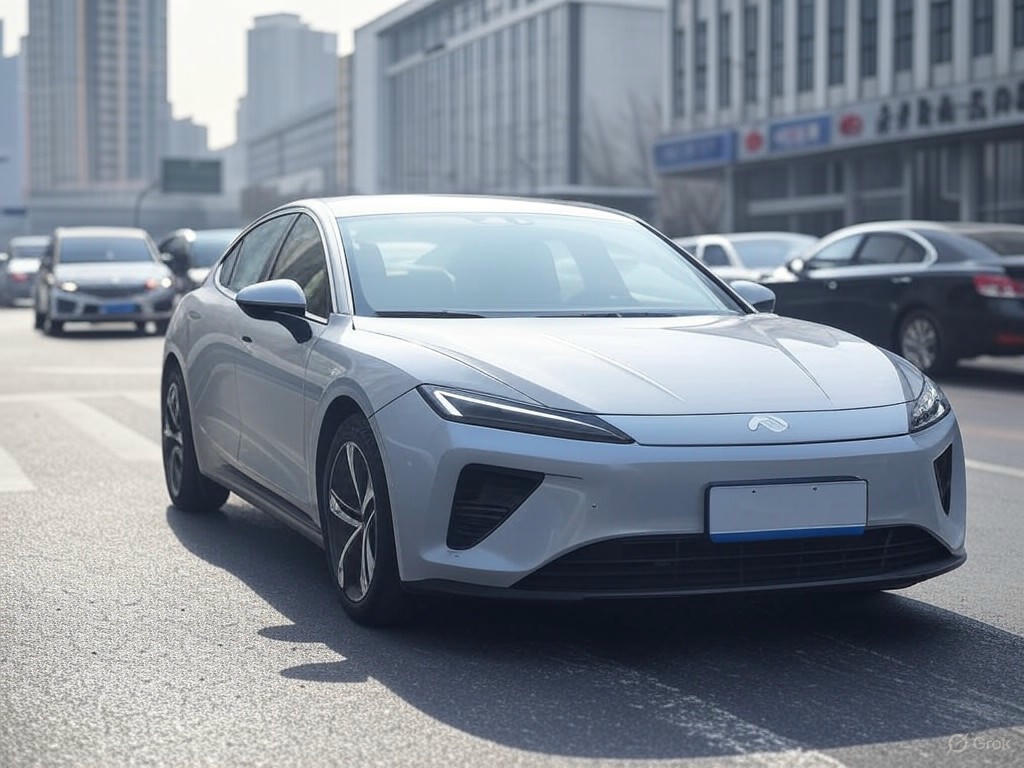In the rapidly evolving world of automotive technology, China has emerged as a global powerhouse, transforming electric vehicles (EVs) from a niche concept into a mainstream mode of transportation. This remarkable shift didn’t happen overnight; it’s the result of strategic planning, government support, and a booming domestic market hungry for sustainable solutions. As the world’s second-largest economy, China now stands as both the leading producer and consumer of EVs, setting a benchmark for other nations to follow.
The journey began with a clear vision to combat urban pollution and reduce reliance on fossil fuels. Over a decade ago, China’s cities were choking under thick smog, prompting policymakers to prioritize green technology. Generous subsidies for EV buyers, tax incentives for manufacturers, and strict emission regulations created a fertile ground for innovation. Companies like BYD and NIO seized the opportunity, producing affordable yet high-quality electric cars that appealed to the masses. Today, China accounts for over half of the world’s EV sales, a statistic that underscores its unparalleled influence in this sector. Beyond passenger vehicles, the nation has also electrified public transport, with cities like Shenzhen boasting entirely electric bus fleets—a feat unmatched globally.
What sets China apart is not just its production capacity but also its ability to shape consumer behavior. The government’s push for EV adoption went hand-in-hand with infrastructure development. Charging stations now dot urban landscapes, easing range anxiety for drivers. Moreover, the competitive pricing of Chinese EVs, often lower than their Western counterparts, has made them accessible to a wider audience. This affordability stems from economies of scale and a robust supply chain for battery production, where China dominates with raw materials and manufacturing expertise. Local brands have also mastered the art of catering to consumer preferences, offering tech-savvy features like advanced driver assistance systems and sleek designs that rival global giants.
Yet, China’s EV boom isn’t without challenges. The reliance on government subsidies has raised questions about long-term sustainability, especially as some incentives are phased out. Additionally, international markets remain wary of Chinese brands due to concerns over quality and data security. However, these hurdles haven’t dampened the nation’s ambition. Export numbers are climbing, with Chinese EVs gaining traction in Europe and beyond, signaling a shift in global perceptions.
As the world races to meet climate goals, China’s role in the EV revolution offers valuable lessons. Its blend of policy, innovation, and market dynamics has redefined transportation, proving that sustainability and profitability can coexist. While other countries scramble to catch up, China continues to accelerate, driving the future of mobility with every electric mile. This isn’t just a story of technology—it’s a testament to how vision and execution can spark a global movement, one charge at a time.
